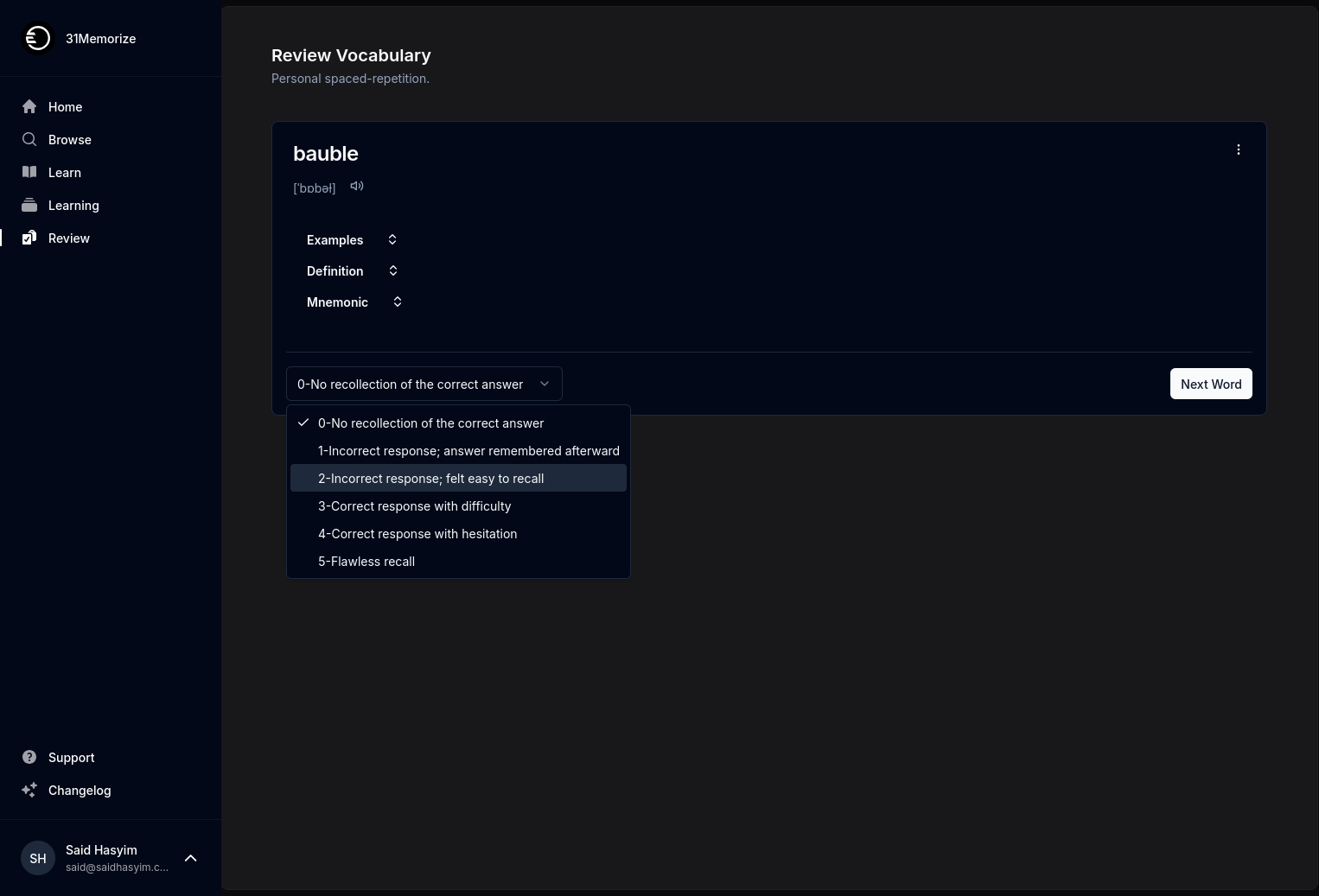Navigating Book Ratings Across Platforms
In the age of digital reading, we frequently encounter a plethora of book-rating systems spread across various platforms. Whether you’re browsing for your next read on a dedicated book site, a social media platform, or an online retailer, understanding how to navigate these ratings can significantly enhance your reading experience. In this post, we’ll explore the different book rating systems, what they mean, their reliability, and how to leverage them to find your next great read.
Understanding Book Ratings
Before we dive into the nuances of the various platforms, let’s take a moment to understand what book ratings are and why they matter.
Book ratings are numerical or qualitative assessments of a book's quality as perceived by readers. They provide a snapshot of public opinion and can sometimes influence a reader's decision on whether to pick up a book. Ratings can help you gauge:
- Quality: High ratings usually indicate a positive reception.
- Popularity: Books with many ratings could be bestsellers or trending reads.
- Trends: A book rating can reflect current cultural or literary trends.
However, it's important to note that ratings can be subjective and influenced by various factors, such as personal taste, reading preferences, or even marketing strategies.
Popular Platforms and Their Rating Systems
There are numerous platforms where readers can find book ratings, each with its unique system. Here’s an overview of some of the most popular platforms:
1. Goodreads
Overview: Goodreads is one of the largest literary social networks, where users can track their reading, write reviews, and connect with other readers.
Rating System: Users can rate books on a scale from 1 to 5 stars. A 5-star rating indicates a book that users love, while a 1-star rating signifies a book they didn’t enjoy. Additionally, readers can provide written reviews that can further assist others in deciding whether to read a book.
Pros:
- Large user base means diverse opinions.
- Readers can follow friends and see their ratings, enhancing the social aspect.
Cons:
- Ratings can be influenced by social factors, including popularity over literary merit.
2. Amazon
Overview: Amazon, a giant in online retail, offers a massive selection of books along with customer reviews and ratings.
Rating System: Similar to Goodreads, users can rate products on a scale from 1 to 5 stars. Amazon also presents a "Verified Purchase" badge for reviews from customers who have bought the book through its platform.
Pros:
- Extensive availability of reviews, both qualitative and quantitative.
- Helpful filtering options for reviews by date or rating.
Cons:
- The pressure of algorithms may lead to inflated ratings, as books high on sales can sometimes appear in a better light.
3. BookCrossing
Overview: BookCrossing combines the excitement of reading with a community of book lovers who enjoy sharing books.
Rating System: Users can rate books, usually on a scale from 1 to 10, and leave reviews for other community members.
Pros:
- Unique concept of ‘liberating’ books for others to find encourages community engagement.
- Feel-good aspect of sharing literature.
Cons:
- Smaller community may result in fewer reviews and ratings for popular titles.
4. LibraryThing
Overview: LibraryThing is a cataloging site for book lovers that integrates social networking.
Rating System: Users assign ratings on a scale of 1 to 5 stars, similar to Goodreads. The platform allows for detailed cataloging, including tagging and reviewing books.
Pros:
- Focuses on a niche audience of avid readers and collectors.
- Allows users to compare their libraries.
Cons:
- Interface may feel dated compared to other platforms; lower traffic means fewer reviews for mainstream titles.
5. Social Media Platforms
Overview: Platforms such as Instagram, TikTok, and Twitter have begun to serve as informal book-reviewing spaces.
Rating System: Often, these platforms rely on qualitative reviews, hashtags, or emojis rather than formal rating systems.
Pros:
- Diverse voices and styles of review; visual content can enhance appeal.
- Real-time trends and “BookTok/BooTube” recommendations may guide readers toward popular titles.
Cons:
- Lack of structured rating systems means it's hard to gauge overall quality quickly.
- Potential for sensationalized or biased posts can skew perceptions.
Key Considerations When Using Ratings
1. Context Matters
Always consider the context of the ratings. A book beloved by a specific genre's fans may not resonate with readers from other backgrounds. Similarly, debut authors might not yet have a wide reach, resulting in fewer opinions overall.
2. Read Reviews
Ratings offer a quick overview, but reading a few reviews can provide deeper insights into the text. Look for critical commentary that discusses various aspects of the book, from character development to pacing.
3. Diverse Ratings
Seek out multiple rating sources. A book with a high rating on one platform may not have the same reception elsewhere. Comparing multiple ratings can help you form a more rounded perspective.
4. Be Mindful of Trends
Books often hype due to marketing or viral momentum. Keep an eye out for sudden spikes in ratings that coincide with external factors like media adaptations or celebrity endorsements.
Conclusion
Navigating book ratings across different platforms requires a discerning approach. Each platform has its strength and weaknesses, shaped by its audience and purpose. By understanding these nuances, you can better leverage these systems to find literature that resonates with you.
Remember, ultimately your reading experience depends on personal tastes, and ratings, while helpful, are no substitute for your own exploration in the vast world of books. Happy reading!
